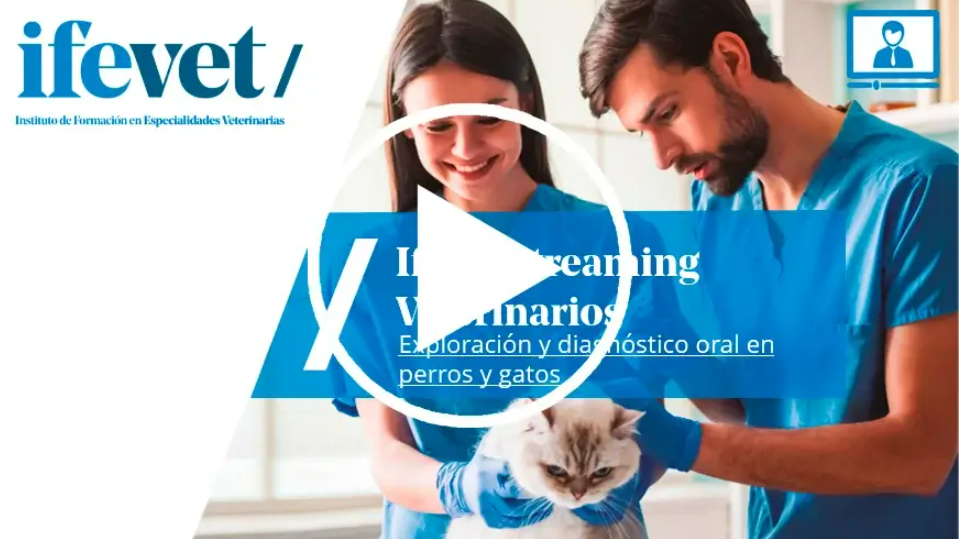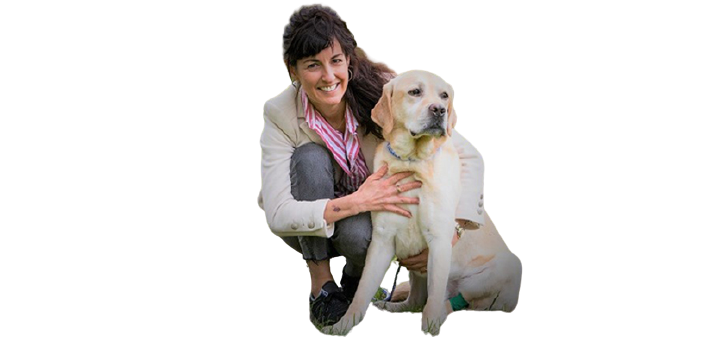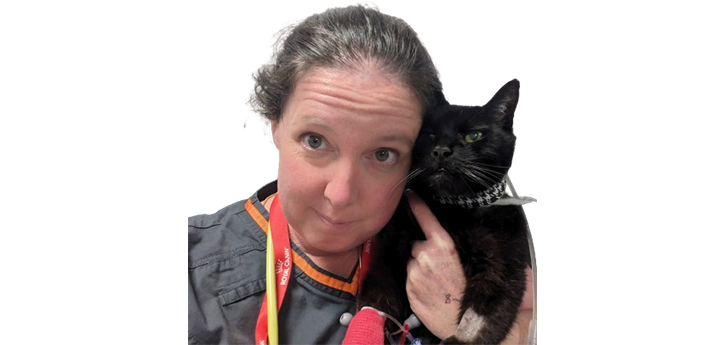The examination of the head and mouth of our patients is a fundamental part of their physical examination. In order to be able to make a proper diagnosis and, therefore, propose a treatment, it is important to systematise our examination.
The examination of the patient will consist of two distinct episodes:
Clinical examination, whenever and as far as the animal allows.
Clinical and radiographic examination under general anaesthesia.
Both examinations are complementary and necessary. They should include as a minimum:
- Examination of the symmetry of the patient’s head.
- Observation of possible discharge of secretions from the nose, eyes, mouth or skin.
- Check for retropulsion of the eyes.
- Examination of the external auditory canals.
- Check of airflow in both nares.
- Palpation of head muscles, temporomandibular joint, mandibular lymph nodes, salivary glands and bony structures.
- Check the opening range of the mouth.
- Palpation and examination of the tongue.
- Palpation and examination of the palate.
- Examination of the tonsils
- Examination of the oropharynx
- Examination of the buccal and vestibular mucosa. Periodontal examination of all teeth. Requires a suitable periodontal probe.
- Examination of tooth surfaces. Intra-oral and sometimes extra-oral radiographs of all teeth.
- The findings shall be recorded in the odontogram, which shall form part of the patient’s record.
The odontogram should contain, in addition to the patient’s data, the visual record of the examination by means of abbreviations on an outline of the animal’s teeth. The use of abbreviations approved by the European and American Veterinary Dental Colleges (EVDC and AVDC respectively) is recommended. Examples of odontograms and abbreviations can be found on their websites:
The odontogram also records the treatment performed, as well as post-surgical indications and subsequent clinical controls.







